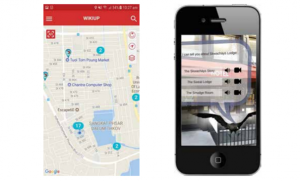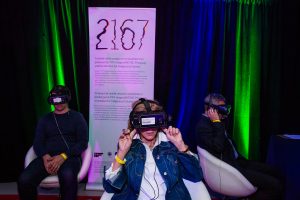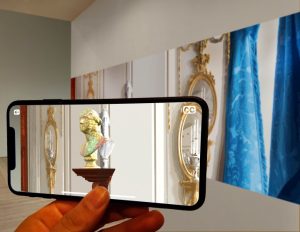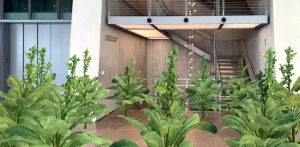As my final blog post, I wanted to write about a fascinating competition I came across in my research on Indigenous use of VR and AR technology. The Share Your Roots VR Competition invites participants who are Indigenous Knowledge Keepers, storytellers, and artists to share their creative gifts and be given the chance to develop their own customized VR experience (Baiguzhiyeva, 2021). This competition is a partnership with the Indigenous-owned ORIGIN, Uber, and the Canadian Council for Aboriginal Business (CCAB) with the aim of educating both Indigenous and non-Indigenous youth in the long-term pursuit of reconciliation (Baiguzhiyeva, 2021).
ORIGIN has a VR-based application called ImmersiveLink, designed with career exploration in addition to Indigenous cultural awareness embedded within it; the app, when combined with Oculus headsets, immerses users in 360-degree VR tours (Baiguzhiyeva, 2021). I would personally like to see initiatives that bring VR technology to Indigenous youth more directly and their communities to foster experimentation, creativity, and ultimately education. Even for Indigenous youth who do not intend to pursue careers involving VR, the technology can still serve as a ‘guide’ to exploring a variety of educational paths and career options available to them in immersive and engaging ways (e.g., environmentalism, social work, law, teaching, etc.).
References
Baiguzhiyeva, D. (2021). Contest seeking Indigenous knowledge keepers, artists and storytellers. Toronto Star. Retrieved from https://www.thestar.com/news/canada/2021/03/19/contest-seeking-indigenous-knowledge-keepers-artists-and-storytellers.html



